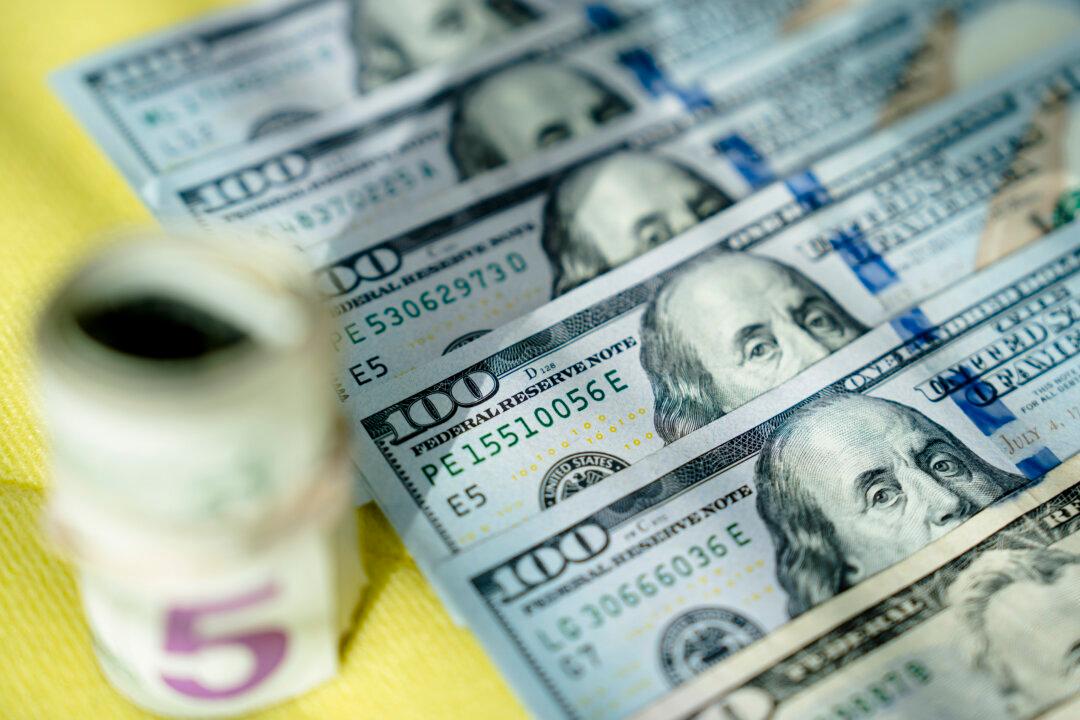Consumer sentiment deteriorated further in May as Americans anticipate that tariffs will trigger inflation pressures, according to data released by the University of Michigan on May 16.
This was the second-lowest reading on record and the lowest since June 2022.
In addition, the indexes for current conditions and future expectations worsened this month.
Expectations for price changes continued to worsen. The one-year inflation outlook surged to 7.3 percent from 6.5 percent last month. The five-year inflation horizon also increased to a 34-year high of 4.6 percent, from 4.4 percent in April.
Tariffs and trade policy uncertainty contributed to consumers’ downbeat assessments of the U.S. economy. The university said that nearly three-quarters of the participants mentioned tariffs, up from nearly 60 percent in April.
However, most of the survey was conducted before the White House announced a 90-day tariff pause with China, says Joanne Hsu, the university’s surveys of consumers director.
“Many survey measures showed some signs of improvement following the temporary reduction of China tariffs, but these initial upticks were too small to alter the overall picture – consumers continue to express somber views about the economy,” Hsu said in the report.
The final release, scheduled for May 30, will show how the May 12 pause on certain China tariffs may have influenced consumer expectations.
“The initial reaction so far echoes the very minor increase in sentiment seen after the April 9 partial pause on tariffs, despite which sentiment continued its downward trend,” Hsu noted.
Other consumer surveys have indicated that individuals are increasingly concerned about tariffs and a potential inflation revival, which are affecting their perceptions of the broader economy.
“Americans’ economic confidence weakened in May. However, it did not nosedive and the data showed no panic. Fears of inflation, the impact of tariffs, and an economic slowdown persist,” Raghavan Mayur, president of TechnoMetrica, which directed the survey, said in a statement.
Despite the public’s worsening attitude, the hard data indicate that possible adverse tariff effects have yet to appear in the U.S. economy, particularly on the inflation front.
Watching Inflation Expectations
Federal Reserve policymakers monitor inflation expectations closely.In prepared remarks at the Thomas Laubach Research Conference on May 15, Federal Reserve Chair Jerome Powell stressed the importance of keeping long-run inflation expectations anchored at the central bank’s 2 percent target.

However, he acknowledged that the U.S. economy could transition to a new era of high interest rates, volatile inflation, and “more frequent and potentially more persistent supply shocks.”
But while measurements of long-term inflation expectations are well anchored, the Federal Reserve must ensure the inflation outlook does not deteriorate, he said last month.
Monetary authorities monitor inflation expectations for various reasons.
Businesses can set their prices based on what they think inflation will be, potentially pre-emptively boosting prices and fueling broader inflationary trends. Likewise, workers and labor unions might negotiate higher wages in anticipation of rising inflation.
Lenders might adjust their interest rates in the capital markets based on expected inflation, leading to higher borrowing costs.
“A review of the relevant theoretical and empirical literature suggests that this belief rests on extremely shaky foundations, and a case is made that adhering to it uncritically could easily lead to serious policy errors.”
If inflation projections become unanchored, the Federal Reserve would respond by changing interest rates or altering monetary policy to restore public confidence.







